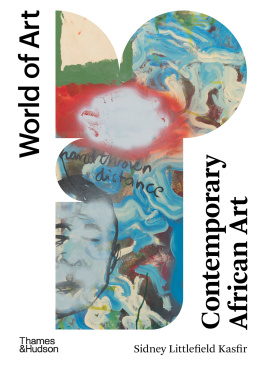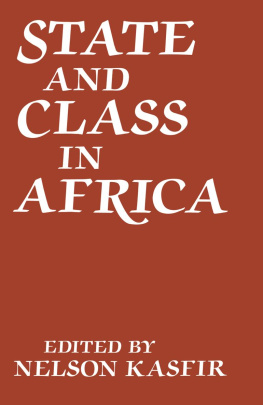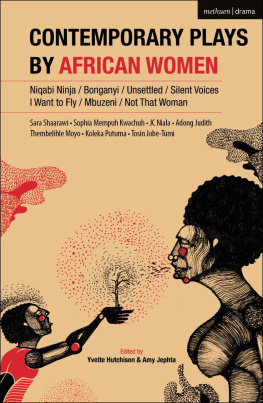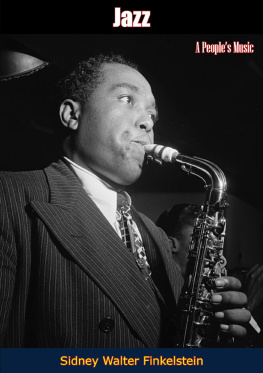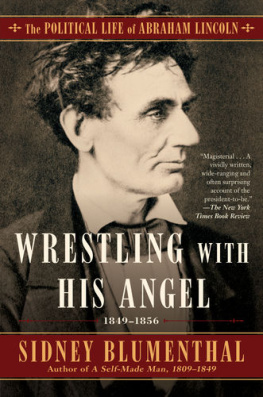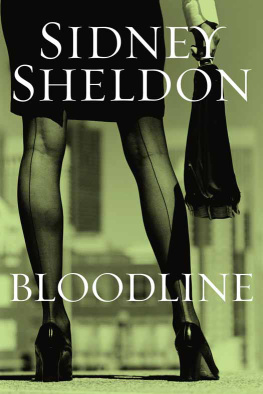Sidney Littlefield Kasfir - Contemporary African Art
Here you can read online Sidney Littlefield Kasfir - Contemporary African Art full text of the book (entire story) in english for free. Download pdf and epub, get meaning, cover and reviews about this ebook. year: 2020, publisher: Thames & Hudson, genre: Art. Description of the work, (preface) as well as reviews are available. Best literature library LitArk.com created for fans of good reading and offers a wide selection of genres:
Romance novel
Science fiction
Adventure
Detective
Science
History
Home and family
Prose
Art
Politics
Computer
Non-fiction
Religion
Business
Children
Humor
Choose a favorite category and find really read worthwhile books. Enjoy immersion in the world of imagination, feel the emotions of the characters or learn something new for yourself, make an fascinating discovery.
- Book:Contemporary African Art
- Author:
- Publisher:Thames & Hudson
- Genre:
- Year:2020
- Rating:4 / 5
- Favourites:Add to favourites
- Your mark:
- 80
- 1
- 2
- 3
- 4
- 5
Contemporary African Art: summary, description and annotation
We offer to read an annotation, description, summary or preface (depends on what the author of the book "Contemporary African Art" wrote himself). If you haven't found the necessary information about the book — write in the comments, we will try to find it.
Contemporary African Art — read online for free the complete book (whole text) full work
Below is the text of the book, divided by pages. System saving the place of the last page read, allows you to conveniently read the book "Contemporary African Art" online for free, without having to search again every time where you left off. Put a bookmark, and you can go to the page where you finished reading at any time.
Font size:
Interval:
Bookmark:



Romuald Hazoum, Dan Ayido-Houedo (Rainbow Serpent), 2007
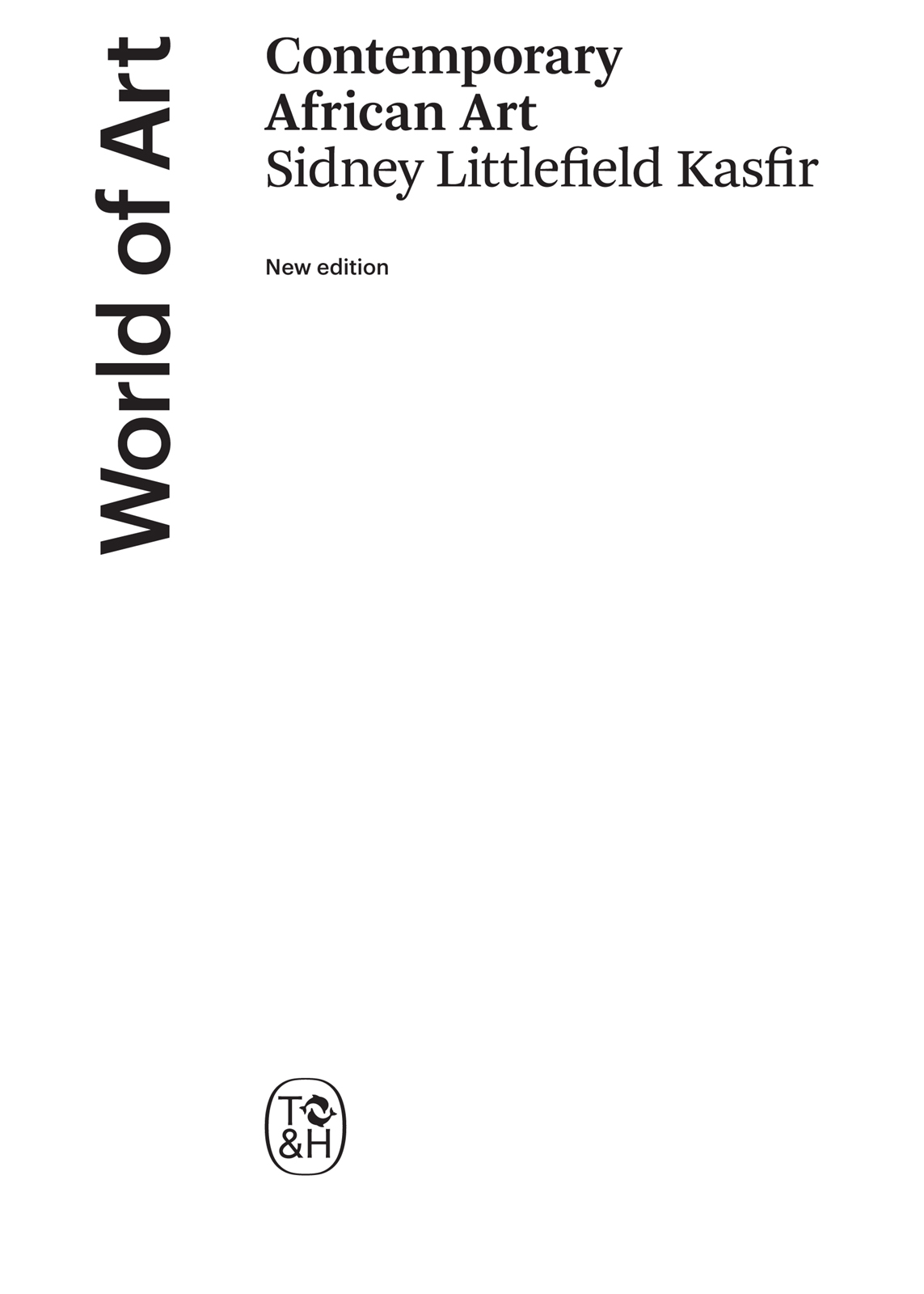
Sidney Littlefield Kasfir was Professor Emerita in Art History at Emory University. A renowned scholar in contemporary African art history, she taught, curated and researched widely in Nigeria, Uganda, Kenya and the USA.
In memory of Okwui Enwezor (19632019) and Bisi Silva (19622019), both curators and cultural engineers extraordinaire.
First published in the United Kingdom in 1999 as Contemporary African Art
by Thames & Hudson Ltd, 181A High Holborn, London WC1V 7QX
First published in 2000 in paperback in the United States of America by Thames
and Hudson Inc., 500 Fifth Avenue, New York, New York 10110
This new edition published in 2020
ISBN 978-0-500-29359-1
Contemporary African Art 1999 and 2020
Thames & Hudson Ltd, London
Text by Sidney Littlefield Kasfir
This electronic version first published in 2020 in the United Kingdom by
Thames & Hudson Ltd, 181A High Holborn, London WC1V 7QX
This electronic version first published in 2020 in the United States of America by
Thames & Hudson Inc., 500 Fifth Avenue, New York, New York 10110
To find out about all our publications, please visit
www.thamesandhudson.com
www.thamesandhudsonusa.com
All Rights Reserved. No part of this publication may be reproduced or transmitted in any form or by any means, electronic or mechanical, including photocopy, recording or any other information storage and retrieval system, without prior permission in writing from the publisher.
UK eISBN to 978-0-500-77508-0
eISBN for USA only 978-0-500-77515-8

Map of present-day Africa. The shading indicates the following:orange major areas of precolonial sculpture in wood; blue major areas of new postcolonial genres; blue/orange overlapping types of production
The original edition of Contemporary African Art, published in 1999, was intended to cover the major developments in African art from the late colonial period of the 1950s through to the 1990s. This revised edition extends that coverage into the twenty-first century.
In the intervening years, there have been at least three important changes in the field. Firstly, the study of African photographers and their work has emerged as a burgeoning sub-field, beginning with several major exhibitions in the 1990s, and so deserves a chapter of its own. Secondly, the global thrust of the art market has swept African artists up into a much-expanded exhibitionary landscape, characterized by biennials, art fairs and auctions in cities worldwide, with a corresponding increase in local collectors and galleries. A new final chapter deals broadly with how this globalized market operates. Finally, there has been a gradual breakdown in the classificatory boundaries of who counts as an African artist. This has had multiple causes from the downward economic spirals of many African countries after post-independence instability, to the adoption of sweeping neoliberal reforms in order to qualify for huge international loans, and the inevitable attraction of more promising markets. The spread of borderless capital has made travel a career necessity in the eyes of many younger artists. But diasporization may or may not result in permanent forms of migration: artists increasingly live in Berlin and Nairobi, or Amsterdam and Cape Town, or Brussels and Lubumbashi. Even artists who claim a permanent home in, say, Uganda, are likely to travel to residencies in Ireland or Denmark or China. Even the poorest self-taught artist can apply to attend a Triangle workshop in a neighbouring country. All of this has loosened todays definition of who is an African artist, and where an African artist might base themselves. This book tends toward a capacious definition, rather than an ideological or strictly geographical one.
Finally, I offer my apologies to all the important artists who are not included here. This book is not an anthology, but is arranged to address a different artistic problem in each chapter. This inevitably means that coverage is secondary to the exploration of certain key ideas. These are arranged in a roughly chronological order, beginning with late colonialism and ending with the present global art market.
Contemporary African art did not just appear from nowhere towards the end of the colonial period, but people often see it that way as a response to bombardment by alien cultural forms or as an outcome of colonialism, pure and simple. In reality, contemporary art in Africa has developed through a process of bricolage, building upon the already existing structures and scenarios in which the older, precolonial and colonial genres of African art were made. It is in this structural sense, and in the habits and attitudes of artists towards making art, rather than in any adherence to a particular style, medium, technique or thematic range, that it is recognizably African.
This book, the second edition of Contemporary African Art, describes the successive transformations that have occurred in African artistic practice, beginning with the transition from late colonialism to nominally independent political statehood. For most anglophone and francophone African colonies this occurred in the early 1960s, while for the Portuguese-speaking colonies it took place in the 1970s, for Zimbabwe, 1980, and for South Africa, as late as 1994. From this initial period of change, the book moves to look at a second transformation in artistic practice, which began in the late 1980s: the ongoing expansion of the art world in response to the economic forces of globalization.
Before turning to these changes, it is important to address the even larger, earlier rupture in artistic practice that occurred in both Europe and Africa in the late nineteenth and early twentieth centuries, though for vastly different reasons. In France, this shift occurred in response to a small group of modern artists and their supporters, while in Africa it was a result of large-scale colonization by European imperial powers following the Berlin Conference of 18845.
At around the same time, the impact of Charles Darwins On the Origin of Species (1859) in the West had given rise to the phenomenon of the natural history museum. This was intended to document cultural and natural evolution, and also engendered a popular ideology that saw the new African colonies as opportunities for specimen collecting, both of flora and fauna and of material culture. African sculpture, in its early role as specimen, began to arrive in England, France, Portugal, Belgium and Germany, where its radical difference from contemporary academic models made it attractive to a Western avant-garde that rejected academic formulas of representation. Late nineteenth-century African art thereby serves as a bridge between two very different twentieth-century art histories, played out on very different stages with very different actors and audiences. Collectors and patrons, who until the mid-twentieth century were mainly the colonizers themselves and other Westerners, formed the other important bridge between these two art histories.
Next pageFont size:
Interval:
Bookmark:
Similar books «Contemporary African Art»
Look at similar books to Contemporary African Art. We have selected literature similar in name and meaning in the hope of providing readers with more options to find new, interesting, not yet read works.
Discussion, reviews of the book Contemporary African Art and just readers' own opinions. Leave your comments, write what you think about the work, its meaning or the main characters. Specify what exactly you liked and what you didn't like, and why you think so.

